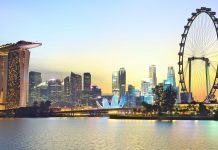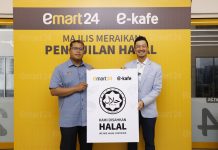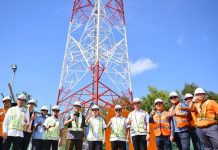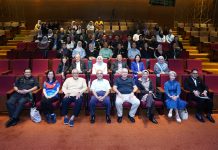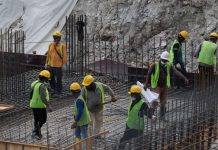
A comprehensive and systematic approach to reorganise smallholder rubber farmers to establish a federation and the replanting of higher-yielding rubber tree varieties will be crucial for Malaysia to reclaim its position as the world’s leading rubber producer.
Industry expert Denis Low said that the government – through the Malaysian Rubber Board (MRB) – should also develop better clones and saplings to be first provided to the smallholders and subsequently to other new players for this rejuvenation.
“The improvement must come from better clones to produce better-yielding trees. Systematic planting, fertilising, tapping and processing techniques must be further developed to make Malaysia a true rubber knowledge destination,” he said, noting that Malaysia is a naturally conducive rubber plantation destination as the trees tend to grow very well in the country’s geographical climate.
Low also suggested that the government create new planters along a route near householders in the rural or semi-rural area for easy collection of the products later on.
“For farmers, they should be trained with better harvesting techniques and provided support in terms of an organised fertilisation process and fertilisers at economical wholesale rate plus technique,” he noted, adding that industry players must be re-incentivised to increase the output tonnages required to sustain the rubber industry ecosystem.
“The rubber processors must reorganise in tandem with the output and as many of these processors are in our neighbouring countries, they can be incentivized to relocate as well.
“This principally includes the downstream industry like tyre production, foam rubber mattress producers, condom makers and most importantly the rubber glove manufacturers, which is one of the biggest consumer of bulk rubber latex,” he continued.
Low also mentioned that when the industries within Malaysia consume rubber, the export of rubber becomes secondary.
“This, the big plan is to also incentivise and encourage more downstream activities and external players in the rubber products industry to be located in our country,” he said.
Additionally, the MRB recently announced that the rubber production incentive (IPG) for cup lump and latex has not been activated for January 2025, but it will be activated if the average monthly farmgate price for cup lump rubber is RM3 per kilogramme (kg) or below, followed by the IPG for latex.
“The rate of IPG latex is fixed at 90 sen per kg for latex with 100% dry rubber content. IPG will be paid to all eligible Malaysian rubber smallholders,” it said.
According to MRB, the average price for cup lump in Peninsular Malaysia, Sabah and Sarawak was RM3.70, RM3.40 and RM3.20 per kg, respectively, in January 2025.














